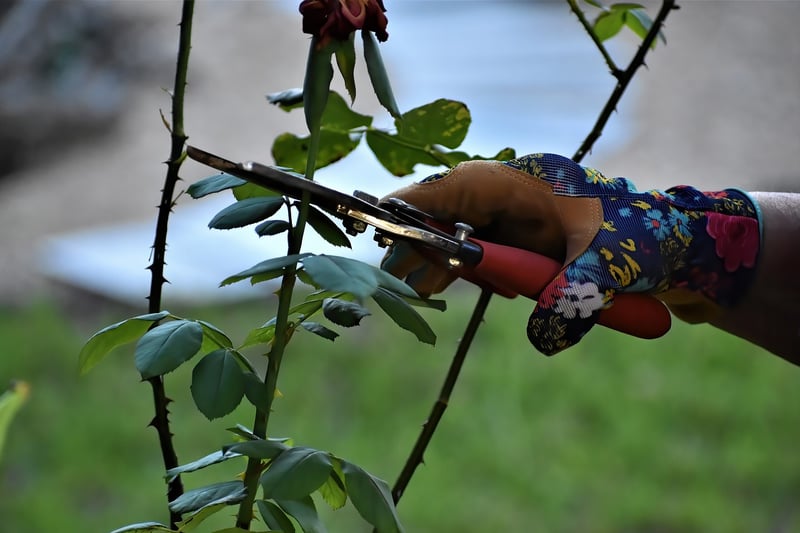Pruning techniques
Maintaining Healthy Plants: Essential Pruning Techniques
Proper pruning is a crucial aspect of plant care that not only enhances the aesthetic appeal of your green space but also contributes to the overall health and vitality of your plants. By understanding the basic principles of pruning and employing the right techniques, you can ensure that your plants thrive and flourish. Here are some essential pruning tips to help you maintain healthy plants:
1. Know When to Prune
It's important to prune your plants at the right time to avoid damaging them. Generally, the best time to prune is during the dormant season for most plants, which is typically late winter or early spring. However, some plants may require specific pruning times based on their growth habits and flowering patterns.
2. Use the Right Tools
Invest in high-quality pruning tools such as sharp bypass pruners, pruning shears, and loppers. Clean and sharp tools make clean cuts, reducing the risk of infection and promoting faster healing for your plants.
3. Remove Dead or Diseased Branches
Regularly inspect your plants for dead, damaged, or diseased branches and promptly remove them to prevent the spread of disease and encourage new growth. Cut back to healthy tissue using proper pruning techniques.
4. Prune for Plant Shape and Size
Pruning can help control the size and shape of your plants, promoting a more compact and balanced growth. Trim back long or leggy branches to encourage bushier growth and maintain an attractive form.
5. Avoid Over-Pruning
While pruning is beneficial, overdoing it can weaken your plants and make them more susceptible to stress and disease. Follow the natural growth patterns of your plants and avoid excessive pruning that can harm their overall health.
6. Consider Professional Help
If you are unsure about the pruning needs of specific plants or if you have large trees that require pruning at heights, consider hiring a professional arborist or landscaper for expert guidance and assistance.
7. Monitor and Maintain
Regularly monitor the growth of your plants and adjust your pruning schedule as needed. By staying proactive and attentive to the needs of your plants, you can ensure they remain healthy and vibrant throughout the year.

By incorporating these essential pruning techniques into your plant care routine, you can promote the health, growth, and beauty of your plants while creating a thriving garden space that you can enjoy for years to come.
Remember, proper pruning is a skill that develops with practice, so don't be afraid to experiment and learn from your experiences to become a more confident and proficient gardener.
Happy pruning!
